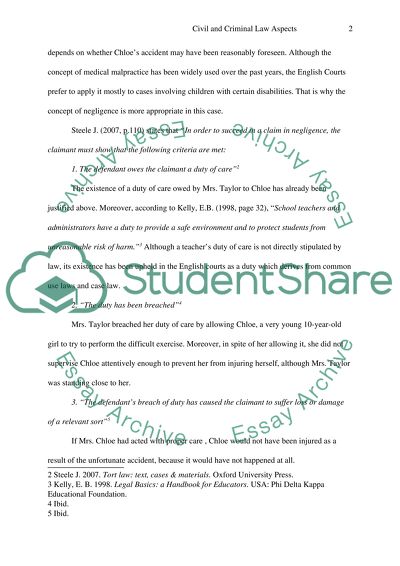Cite this document
(The Result of the Accumulation of Negligent Acts Essay Example | Topics and Well Written Essays - 2500 words, n.d.)
The Result of the Accumulation of Negligent Acts Essay Example | Topics and Well Written Essays - 2500 words. https://studentshare.org/environmental-studies/1413093-the-result-of-the-accumulation-of-negligent-acts
The Result of the Accumulation of Negligent Acts Essay Example | Topics and Well Written Essays - 2500 words. https://studentshare.org/environmental-studies/1413093-the-result-of-the-accumulation-of-negligent-acts
(The Result of the Accumulation of Negligent Acts Essay Example | Topics and Well Written Essays - 2500 Words)
The Result of the Accumulation of Negligent Acts Essay Example | Topics and Well Written Essays - 2500 Words. https://studentshare.org/environmental-studies/1413093-the-result-of-the-accumulation-of-negligent-acts.
The Result of the Accumulation of Negligent Acts Essay Example | Topics and Well Written Essays - 2500 Words. https://studentshare.org/environmental-studies/1413093-the-result-of-the-accumulation-of-negligent-acts.
“The Result of the Accumulation of Negligent Acts Essay Example | Topics and Well Written Essays - 2500 Words”. https://studentshare.org/environmental-studies/1413093-the-result-of-the-accumulation-of-negligent-acts.


